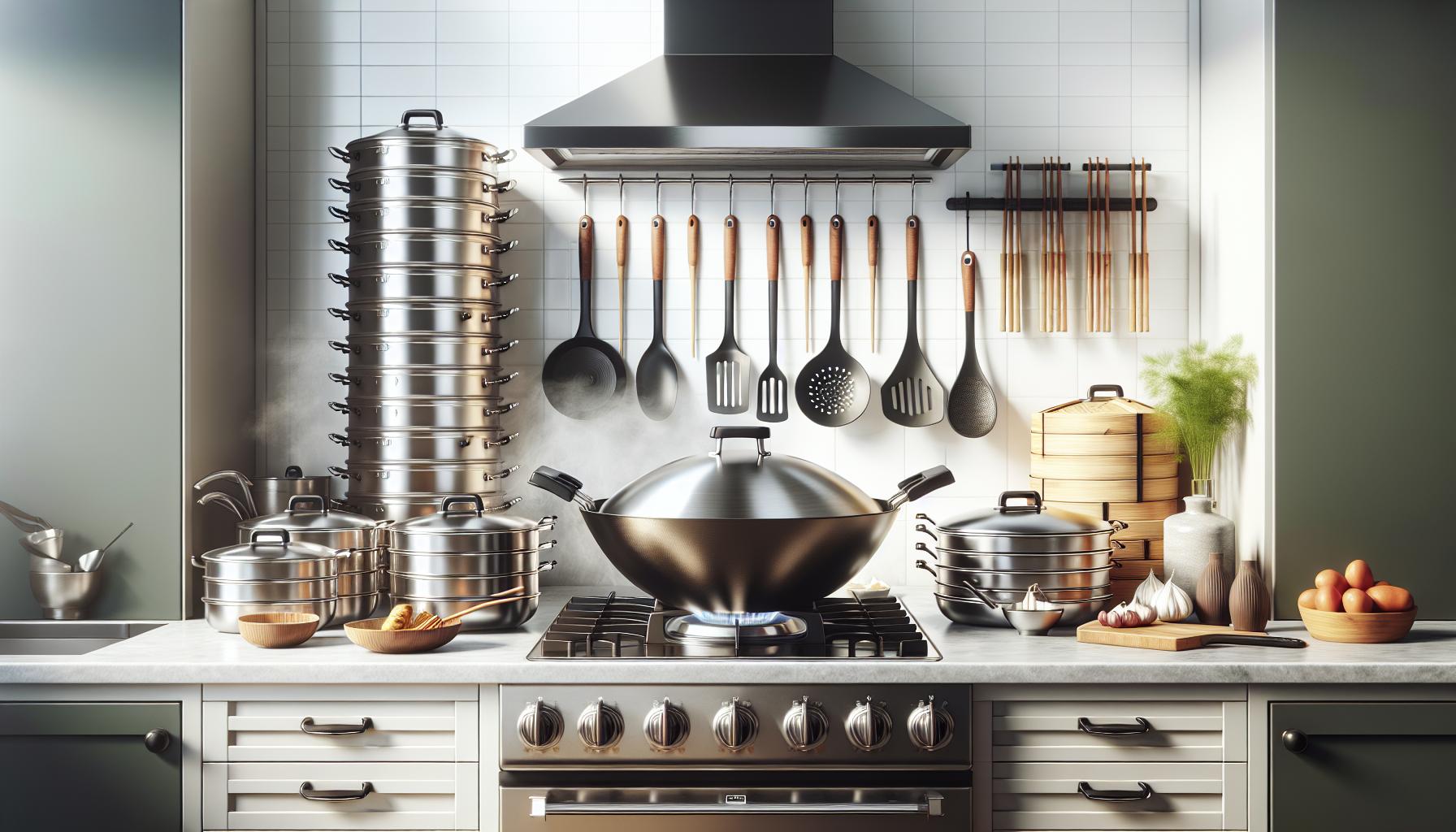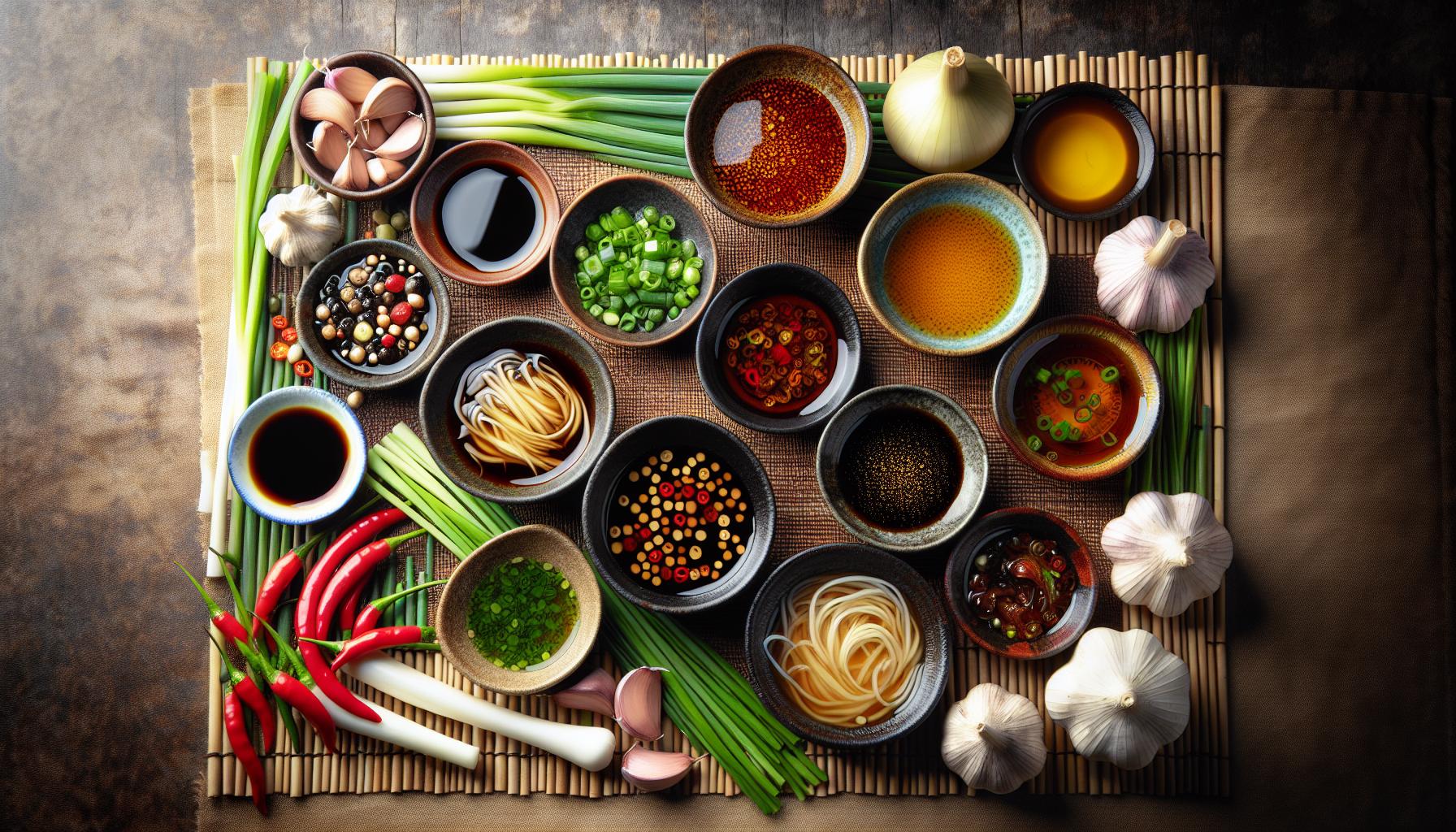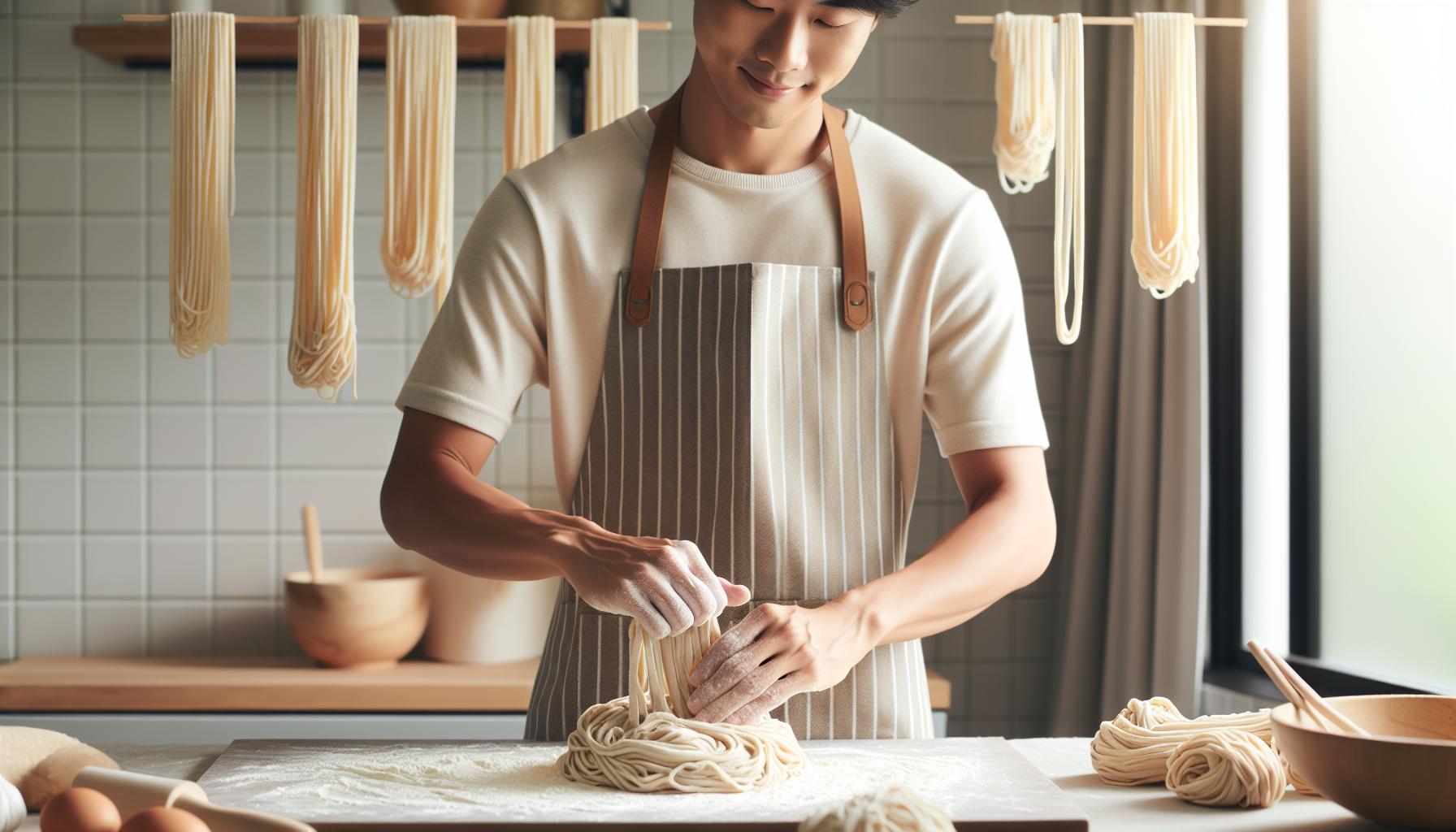From the sizzling woks of China to the steaming bamboo baskets of Japan Asian cooking techniques have revolutionized kitchens worldwide. These time-tested methods transform simple ingredients into extraordinary culinary masterpieces that dance on the taste buds and leave diners craving more.
The secret behind Asian cuisine’s global appeal lies in its diverse cooking techniques. Whether it’s the lightning-fast stir-frying that keeps vegetables crisp and colorful or the patient art of steaming that preserves nutrients while infusing subtle flavors these methods have stood the test of time for thousands of years. And while some might think mastering these techniques requires a culinary degree from a prestigious Tokyo academy the truth is that anyone with passion and practice can bring these ancient cooking methods into their modern kitchen.
Asian Cooking Techniques
Asian cooking methods transform raw ingredients into flavorful dishes through precise techniques refined over centuries. Each method requires specific tools and temperatures to achieve authentic results.
Stir-Frying in a Wok
Stir-frying combines high heat with rapid movement to create dishes with crisp textures and intense flavors. A carbon steel wok reaches 400°F in 3 minutes, creating the signature “wok hei” – a smoky essence that enhances ingredients. Professional chefs toss ingredients in specific sequences: aromatics first (garlic, ginger), followed by proteins for 2-3 minutes, then vegetables according to density. The wok’s curved shape enables ingredients to return to the hot center when tossed, ensuring even cooking in 5-7 minutes total.
Steaming Traditional Style
Steaming preserves nutrients and natural flavors while using minimal oils or fats. Traditional bamboo steamers stack 2-3 tiers high, creating multiple cooking zones at 212°F. Dim sum requires 8-10 minutes in the top tier, while dense root vegetables cook for 15-20 minutes in the bottom tier. Banana leaves or parchment paper lines the steamer baskets, preventing food from sticking and adding subtle aromatics to dishes like fish, dumplings and vegetables.
Deep Frying Asian Dishes
Asian deep frying techniques create light, crispy textures through precise temperature control. Tempura maintains oil at 375°F for a delicate, lacy coating that cooks in 45-60 seconds. Double-frying Korean chicken involves an initial fry at 350°F for 5 minutes, followed by a second fry at 375°F for 2 minutes to achieve extra crispiness. Specialized wire mesh skimmers remove excess oil and food particles, maintaining oil clarity through multiple batches.
Key Tools and Equipment

Traditional Asian cooking demands specific tools to achieve authentic flavors and textures. Each implement serves distinct purposes in executing various cooking techniques.
Wok Selection and Care
Carbon steel woks reign supreme in Asian kitchens, offering superior heat distribution and natural non-stick properties. A 14-inch flat-bottom wok works best on modern stovetops, while round-bottom woks suit traditional flame cooking. Seasoning creates a protective patina that prevents rust and enhances non-stick qualities. Here’s the essential care routine:
- Clean with hot water only, avoiding soap
- Dry thoroughly over low heat
- Apply a thin coat of oil after each use
- Store in a dry place with adequate airflow
- Remove rust spots with steel wool before re-seasoning
- 10-inch diameter steamers for home use
- Cotton or parchment paper liners
- Steamer rings for wok placement
- Multiple tiers for simultaneous cooking
- Proper cleaning techniques:
- Rinse with warm water
- Air dry completely
- Store in ventilated areas
Popular Asian Sauces and Seasonings

Asian cuisine relies on a diverse array of sauces, marinades, and condiments that create complex flavor profiles. These foundational ingredients transform simple dishes into memorable culinary experiences through layered tastes and aromas.
Soy-Based Marinades
Soy sauce forms the base of numerous Asian marinades, bringing umami depth and rich color to dishes. Light soy sauce provides saltiness and enhances natural flavors in stir-fries and marinades, while dark soy sauce adds color and sweetness to braised dishes. Common marinade combinations include:
- Teriyaki: Soy sauce mixed with mirin, sake and sugar
- Chinese BBQ: Soy sauce combined with five-spice powder, honey and hoisin
- Korean Bulgogi: Soy sauce blended with Asian pear, garlic and sesame oil
- Filipino Adobo: Soy sauce balanced with vinegar, bay leaves and black peppercorns
- Oyster sauce adds richness to stir-fries and marinades
- Fish sauce brings saltiness and depth to Southeast Asian dishes
- Chili oil introduces heat and complexity to noodles and dumplings
- Black vinegar contributes tang and sweetness to dipping sauces
- Miso paste creates umami in soups and glazes
- Gochujang offers spicy-sweet notes in Korean cooking
- Hoisin sauce provides thickness and sweetness to Cantonese dishes
- XO sauce delivers seafood richness to premium Cantonese cuisine
Rice and Noodle Preparation

Rice and noodles form the foundation of Asian cuisine, with precise preparation techniques determining the final texture and flavor of these staples. Mastering these methods creates the perfect base for countless Asian dishes.
Perfect Steamed Rice
Japanese and Chinese rice preparation techniques focus on achieving distinct textures through specific water-to-rice ratios. Short-grain rice requires rinsing in cold water 3-4 times until the water runs clear, removing excess surface starch. The standard rice-to-water ratio is 1:1.1 for Japanese rice cookers or 1:1.25 for stovetop cooking. Asian cooks measure water depth using the first knuckle method: water level reaches the first finger joint when the fingertip touches the rice surface. After cooking, the rice rests covered for 10 minutes, allowing even moisture distribution. This process creates individual grains that stick together slightly while maintaining their structure.
Fresh Noodle Making
Traditional Asian noodle making combines wheat flour, water and salt in a 3:1:0.1 ratio to create elastic dough. The process starts with mixing ingredients until the dough forms small pellets, followed by 10 minutes of kneading to develop gluten. The dough rests for 30 minutes at room temperature, covered with a damp cloth. Chinese hand-pulled noodle techniques involve stretching and folding the dough repeatedly to create long, uniform strands. Japanese ramen noodles incorporate kansui (alkaline mineral water) for their characteristic springy texture. Fresh rice noodles use rice flour mixed with water in a 2:1 ratio, steamed in thin sheets, then cut into desired widths.
Traditional Knife Skills
Asian knife skills encompass precise cutting techniques that transform ingredients into uniform pieces for optimal cooking results. These methods preserve texture while ensuring even heat distribution during cooking.
Chinese Chopping Methods
Chinese knife techniques center on the versatile Chinese cleaver (caidao) for multiple cutting styles. The cleaver’s broad blade enables rapid chopping movements with the blade maintaining constant contact with the cutting board. Professional Chinese chefs execute key techniques like the horizontal cut for splitting proteins, the roll cut for round vegetables like carrots or cucumbers, and the fine shred for aromatics like ginger or scallions. The push-pull cut creates paper-thin slices, while the parallel cut produces uniform julienne strips. Each technique serves specific purposes:
- Parallel cutting creates 2-3mm matchsticks for stir-frying
- Rock chopping produces 1mm minced aromatics for marinades
- Slide cutting yields 0.5mm slices for quick-cooking proteins
Japanese Precision Cutting
Japanese knife skills focus on exact measurements using specialized knives for specific ingredients. The santoku knife executes three primary cuts: push cutting (tate-giri), pull cutting (hiki-giri), and rock cutting (tome-giri). Traditional Japanese cutting techniques include:
- Katsuramuki creates 0.3mm thick vegetable sheets
- Usugiri produces 1mm uniform slices for sashimi
- Rangiri forms diagonal cuts on round vegetables
- Sogigiri creates 45-degree angle cuts for fast cooking
- Even thickness maintains consistent cooking times
- Clean cuts preserve cellular structure
- Precise angles enhance visual presentation
- Uniform sizes optimize heat penetration
Elevate Cooking to New Height
Asian cooking techniques represent a remarkable blend of tradition innovation and practicality that has revolutionized modern cuisine. From the precise knife skills to the art of wok cooking these methods offer a pathway to creating dishes that are both nutritious and bursting with flavor.
The sophisticated combination of tools techniques and ingredients demonstrates why Asian cuisine continues to captivate food enthusiasts worldwide. By mastering these fundamental approaches home cooks can unlock a world of culinary possibilities and bring authentic Asian flavors to their own kitchens.
Learning these time-tested methods isn’t just about following recipes – it’s about understanding the philosophy behind Asian cooking that has endured for generations. With dedication and practice anyone can embrace these techniques to elevate their cooking to new heights.

